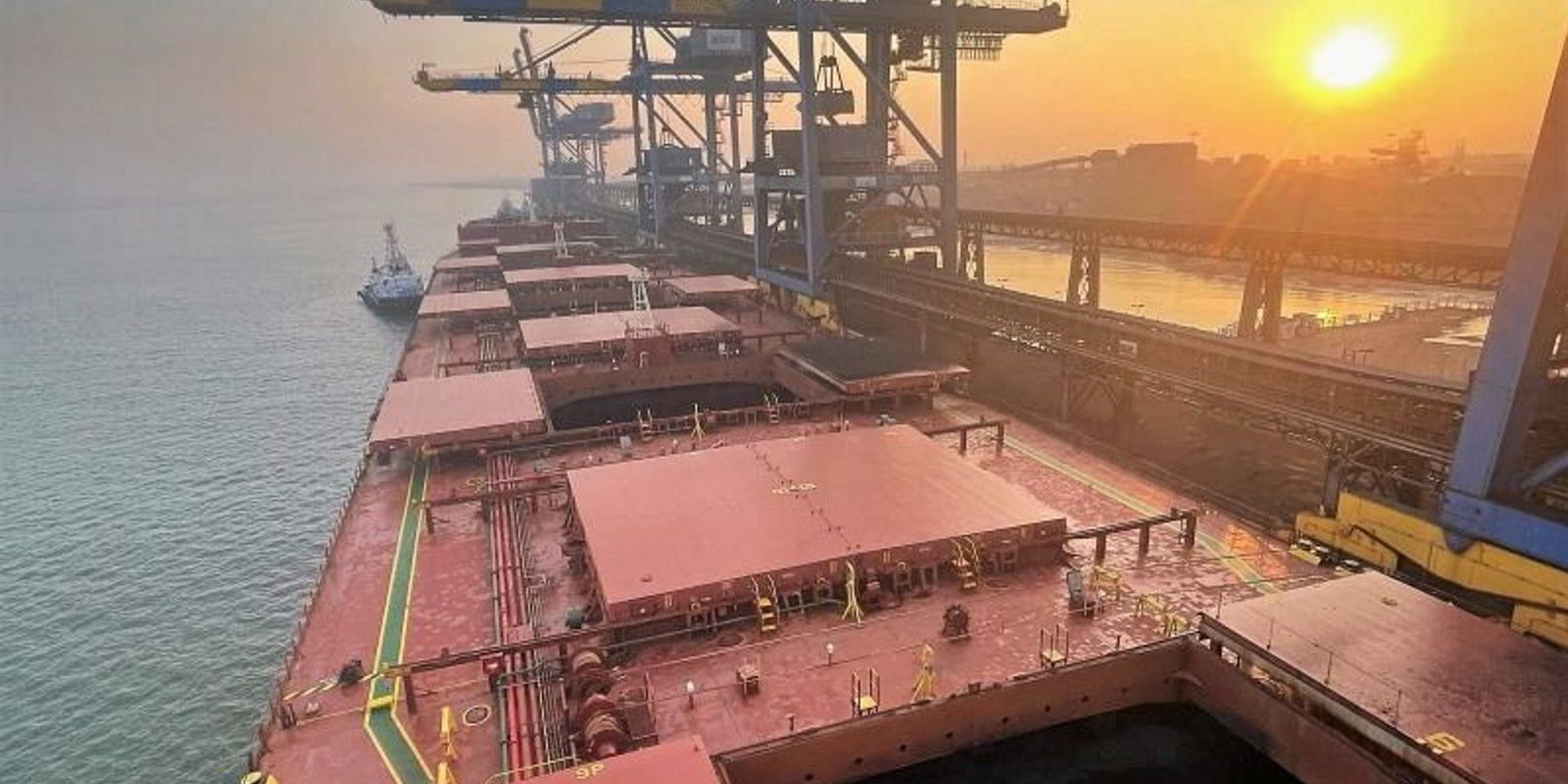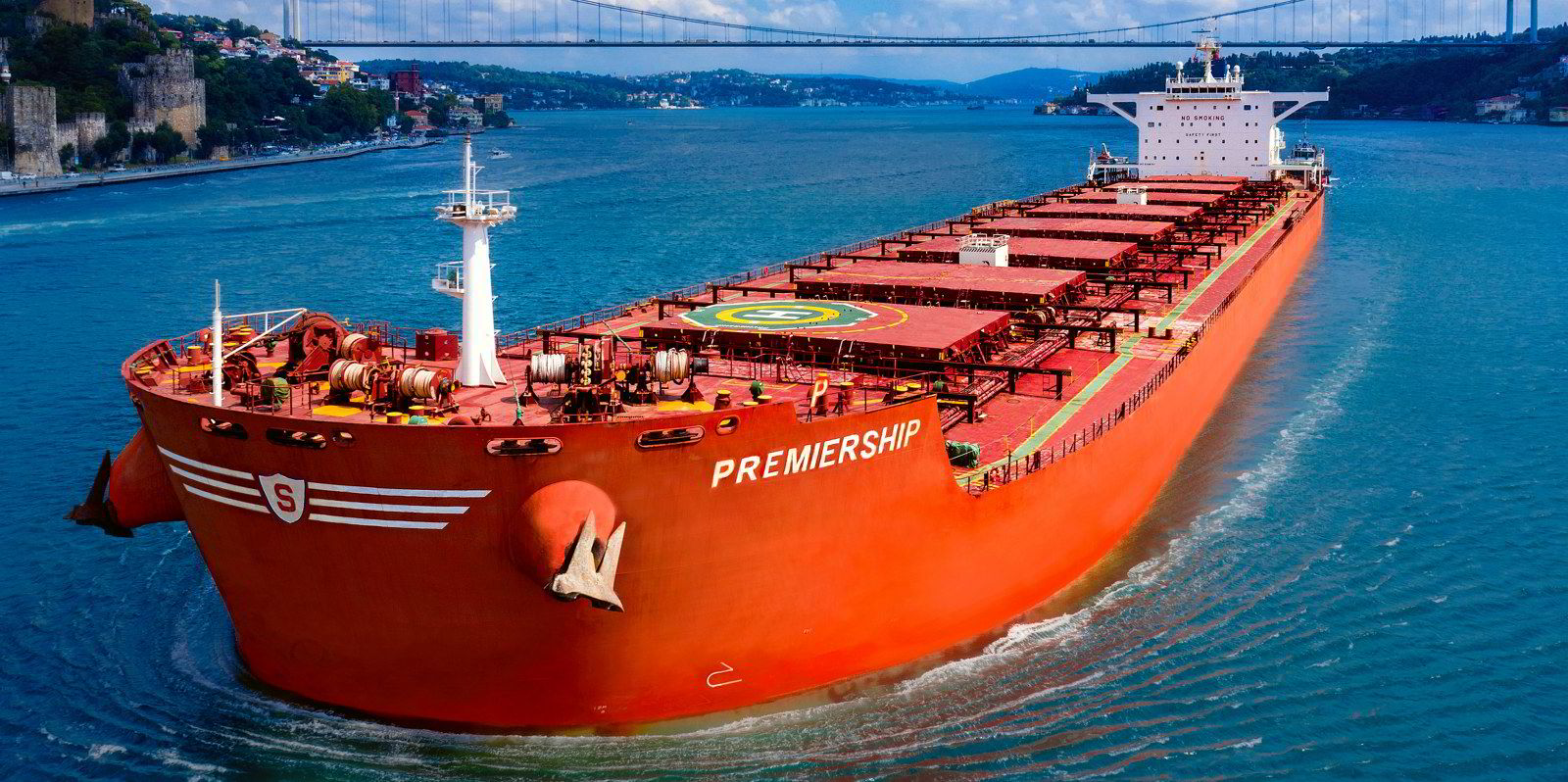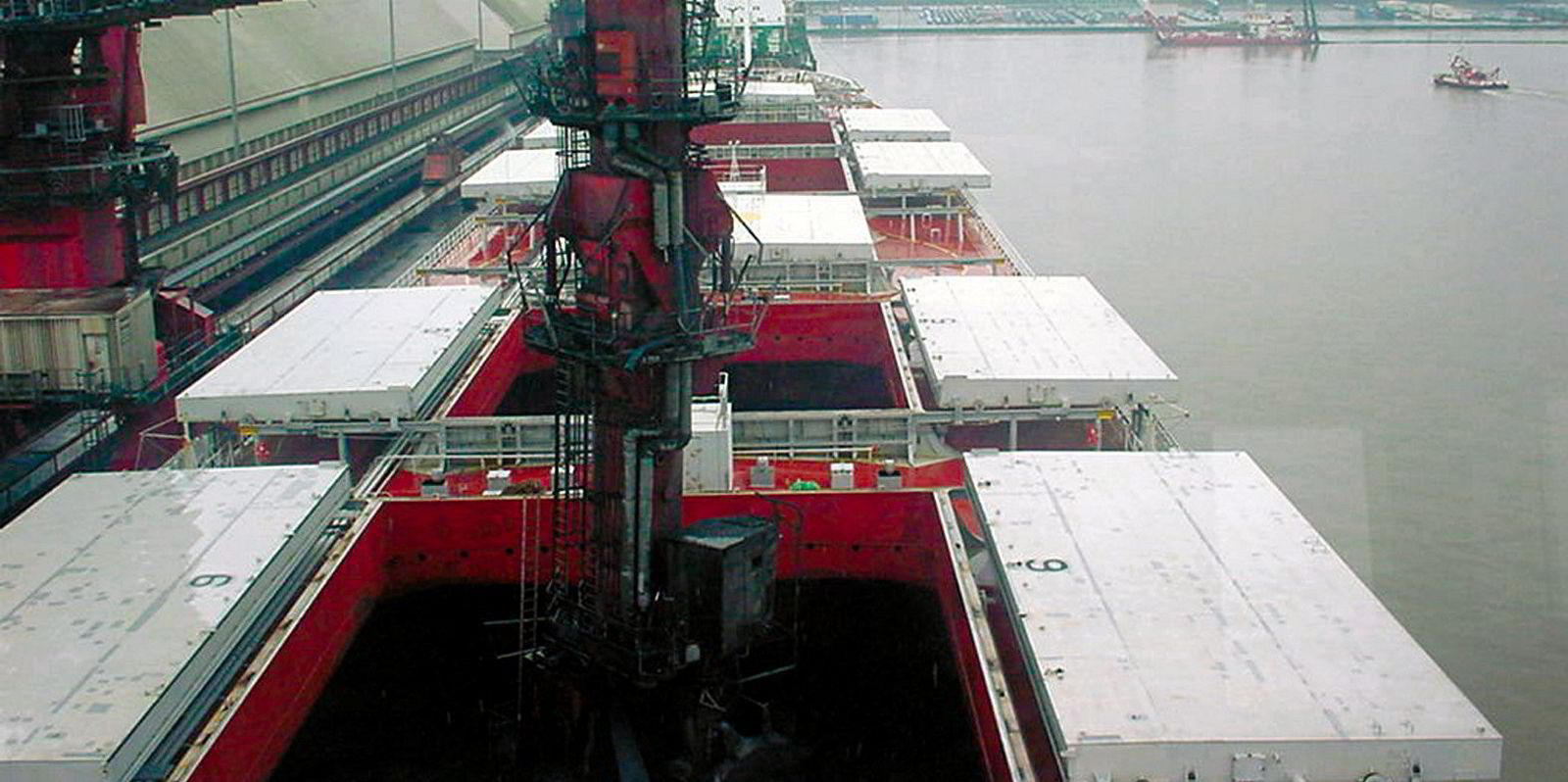Average spot rates for capesize bulkers have returned to rates above $20,000 per day as the ships trade in their strongest quarter, but where the market goes in the typically softer first quarter depends on Mother Nature, an analyst said.
The Baltic Exchange’s Capesize 5TC basket of spot-rate averages across five key routes improved 4.6% to just over $20,100 per day on Tuesday, breaking the $20,000-per-day threshold for the second time in less than two weeks.
The 5TC had fallen to a low of about $15,600 per day on 2 November after hitting a high above $31,000 per day in mid-October, according to the exchange.
Capesize fixtures reported by the exchange reflected Tuesday’s market improvement.
Rio Tinto hired an unnamed capesize on Tuesday at $9.80 per tonne to ship 170,000 tonnes of iron ore from Dampier, Australia, to Qingdao, China.
That is $0.40 per tonne more than the Australian miner paid on Monday for a similar fixture.
The ships are scheduled for loading between 19 and 23 November.
The bounce back over $20,000 per day is mostly due to robust dry bulk shipments from Australia and Brazil in the past week, especially iron ore, but it is uncertain as to how long the 5TC will remain that high, Clarksons Securities analyst Frode Morkedal said.
“As we edge closer to 2024, the traditionally softer market period is on the horizon,” he wrote in a note on Tuesday.
“The wildcard this year is whether El Nino and, consequently, the drier weather witnessed in South America could mitigate the usual supply disruptions in Brazil. Iron ore prices are above $120 per tonne, encouraging producers to sell as much as possible, but the extent of potential disruptions remains to be seen.”
Brazil typically has torrential rainfall in the early months of the year that has historically interfered with mining operations.
Capesize demand is usually highest in the last three months of the year, but it has been beyond expectations during this year’s fourth quarter, Jefferies analyst Omar Nokta said.
“Seasonal factors are supporting freight rates as 4Q is typically the strongest part of the year for the capesize market,” he wrote in a note on Tuesday.
“However, rates have broken out to higher levels than anticipated, suggesting the supply/demand balance is tighter than previously expected.”
But the capesize market is expected to pull back later this year and into early 2024, according to the Baltic Exchange.
December contracts lost $432 per day on Tuesday to land at $14,200 per day, while January contracts shed $125 to come in at $9,750 per day.






